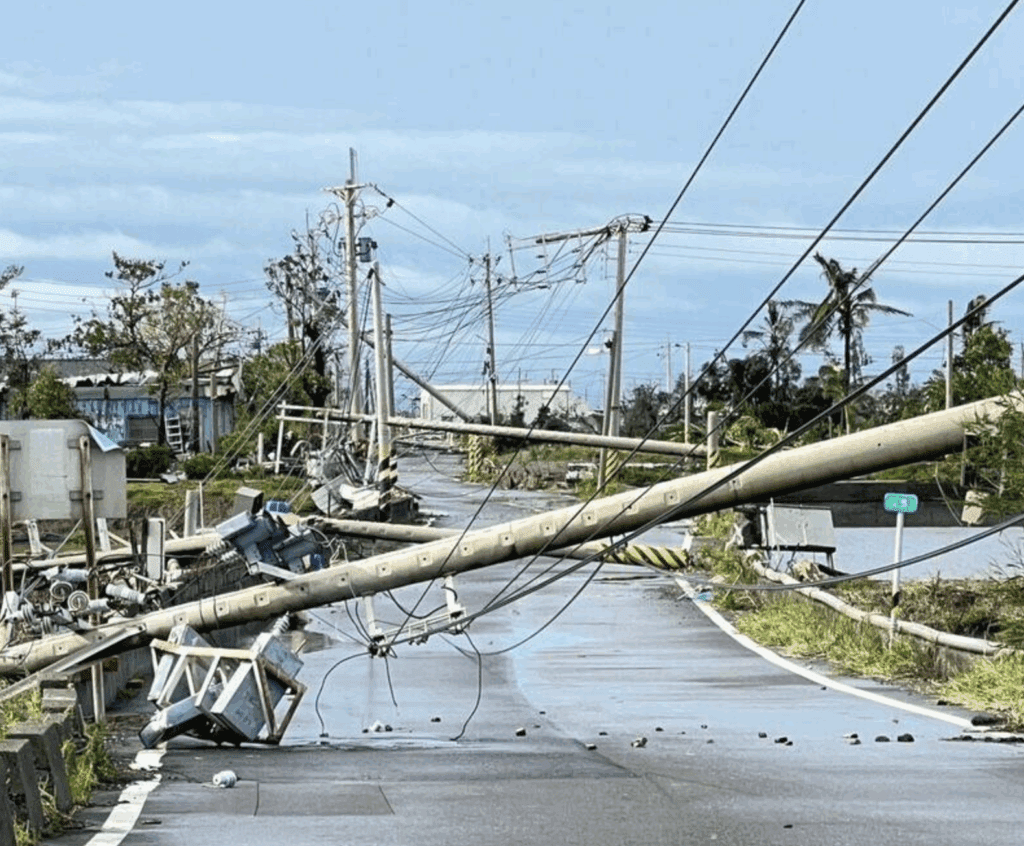(Credit: AFP/Brendan SMIALOWSKI)
On April 2, 2025, President Donald Trump unveiled a series of sweeping tariffs aimed at addressing the US trade deficit, designating the day as “Liberation Day.” The tariffs, which include a 10% baseline charge on all imports with higher rates for specific countries, have triggered widespread global reactions.
According to Reuters, the announcement led to significant market volatility, with the dollar remaining steady in early trading as investors braced for the potential impacts. Analysts are concerned that the new tariffs could ignite inflationary pressures and disrupt global supply chains. This move has heightened fears of a trade war, triggering sharp shifts in global markets — with Asia feeling the most immediate impact.
Asia’s Market Jitters and Currency Volatility
According to a Reuters report, the news of the tariffs sent a jolt through Asian financial markets. Stocks across the region tumbled, with investors rushing to reposition themselves amid fears of an escalating trade war and looming inflation. The Japanese yen briefly strengthened as investors sought safe-haven assets, while the South Korean won and other emerging market currencies fell under pressure due to concerns about export demand and capital outflows.
The dollar itself held steady in early trading, but analysts noted that this calm belied underlying anxiety in global currency markets. Traders across Asia were preparing for potential retaliatory measures and longer-term structural shifts in trade routes and sourcing strategies.
China’s Calculated Response: Retaliatory Tariffs and Targeted Trade Pressure
According to AP, Trump imposed a 25% tariff on imports from Mexico and Canada, following an earlier 10% tariff on Chinese imports introduced in February. On 3 March, he reaffirmed plans to double the China tariff to 20%, escalating tensions between the two global powers.
China swiftly retaliated by imposing additional tariffs of 10% and 15% on various US farm products, as reported by The Business Times. The article also mentioned that these tariffs would not apply to goods that departed before 10 March, provided they arrive in China by 12 April.
In a further escalation, China suspended the soybean import licences of three US firms and halted imports of American logs, according to AP. These targeted actions underscore Beijing’s strategic use of sector-specific trade pressure in response to Washington’s broad tariff approach.
Steve Tunstall, a risk management expert with over three decades of experience, offered his perspective on the unfolding trade conflict. “This is not a huge threat to China when viewed in the context of GDP,” he noted, suggesting that China’s diversified economy is well-positioned to absorb short-term shocks.
“China is one of the world’s largest soybean importers and has successfully diversified its international supply chains,” Steve added. “This significantly reduces the direct impact of US tariffs. While US may have limited economic leverage over China, Beijing’s targeted responses could deliver a much harder blow to the US economy.”
He also observed the broader geopolitical implications of Washington’s trade stance: “The US is essentially pushing other countries to collaborate more closely — even in ways that sideline the US — because they no longer view it as a dependable partner.”
AI Strategies for Overcoming Geopolitical Risks Amid Trump’s Tariffs
David Jacob, CEO of Marsh McLennan Asia, emphasises that to effectively navigate the current challenges, manufacturers in Asia must look beyond the US by expanding into new export markets and strengthening domestic demand. This, he suggests, is key to reducing dependence on a single trade partner.
“The goal is not simply to avoid disruption, but to future-proof operations against shocks,” Jacob says. “It’s about transforming vulnerabilities into opportunities to build stronger, more adaptive systems.”
According to the Wall Street Journal, businesses are increasingly relying on AI-powered solutions like Marsh McLennan’s Sentrisk platform, which utilises AI and geospatial satellite imaging to offer a comprehensive, real-time overview of supply chain dynamics and risks, including second- and third-tier suppliers — the suppliers of suppliers.
“This AI solution enables businesses to delve deeply into their supply chains across multiple tiers, identifying risks that would otherwise go unnoticed,” Jacob explains.
“Often small and seemingly minor yet critical parts can cause disproportionate disruptions.”
Lastly, Jacob adds, “AI tools equip businesses with the insights necessary to take control of their supply chains, enabling informed decision-making by continuously monitoring and assessing risks. This capability allows companies to transform risks into competitive advantages, which is essential for navigating geopolitical uncertainty.”
Looking Ahead: Economic Uncertainty and Realignment
As the world navigates the aftermath of Trump’s tariffs, the full scope of the economic disruption is still unfolding. The next few months will be pivotal in assessing whether the US’s protectionist approach results in long-term advantages for Asia or deepens global instability. This shift has the potential to reshape not only US foreign trade policies but also the broader economic landscape in Asia and beyond.






